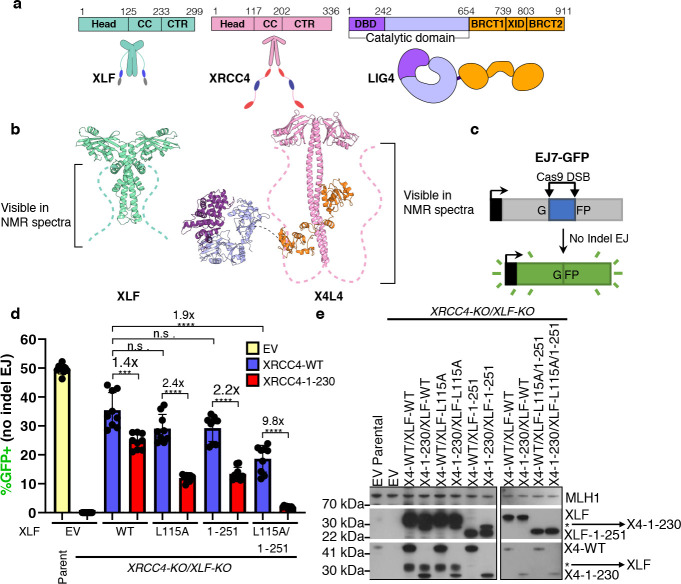Figure 1. The CTRs of XLF and XRCC4 promote robust cellular NHEJ.
(a) Cartoons of the XLF, XRCC4 and LIG4 proteins with annotated domains. XLF and XRCC4 form homodimers. Head: head domain; CC: coiled-coil, CTR: C-terminal region, DBD: DNA-binding domain, XID: XRCC4-interaction domain; BRCT1/BRCT2: first/second BRCA1 C-terminal domain (b) The crystal structure of XLF (PDBid 2R9A) and the Cryo-EM structure of XRCC4 in complex with LIG4 (X4L4) (PDBid 7LSY).The dashed lines represent the CTRs which are lacking in these structures but are visible in NMR spectra in Fig. 2a and Fig. 3a for XLF and XRCC4, respectively. (c) The EJ7-GFP reporter (not to scale) for No Indel EJ between two Cas9/sgRNA DSBs, which was integrated into XRCC4-KO/XLF-KO HEK293 cells. (d) GFP frequencies are normalized to parallel GFP transfections to account for transfection efficiency. (e) Immunoblots show levels XRCC4WT, XRCC41–230, XLFWT, and XLF mutants, *indicates background XLF or XRCC4. n = 9 biologically independent transfections. Statistics with unpaired two-tailed t-test with Holm-Sidak correction. #x represents fold effect. ****P<0.0001, ***P<0.001, **P<0.01, n.s. = not significant. Data are represented as mean values ± SD.

